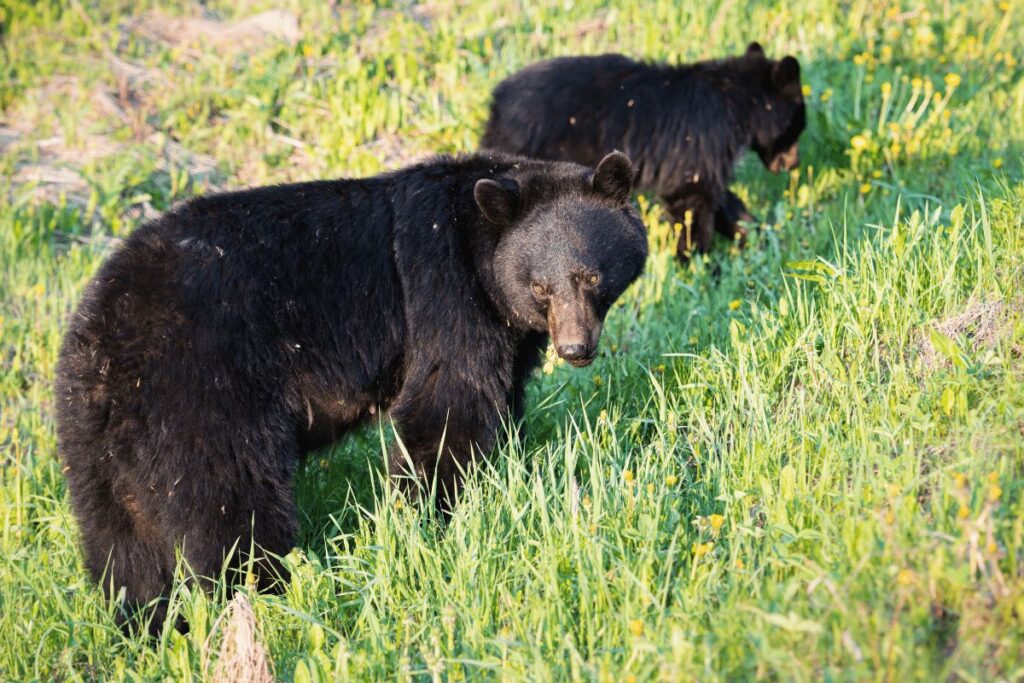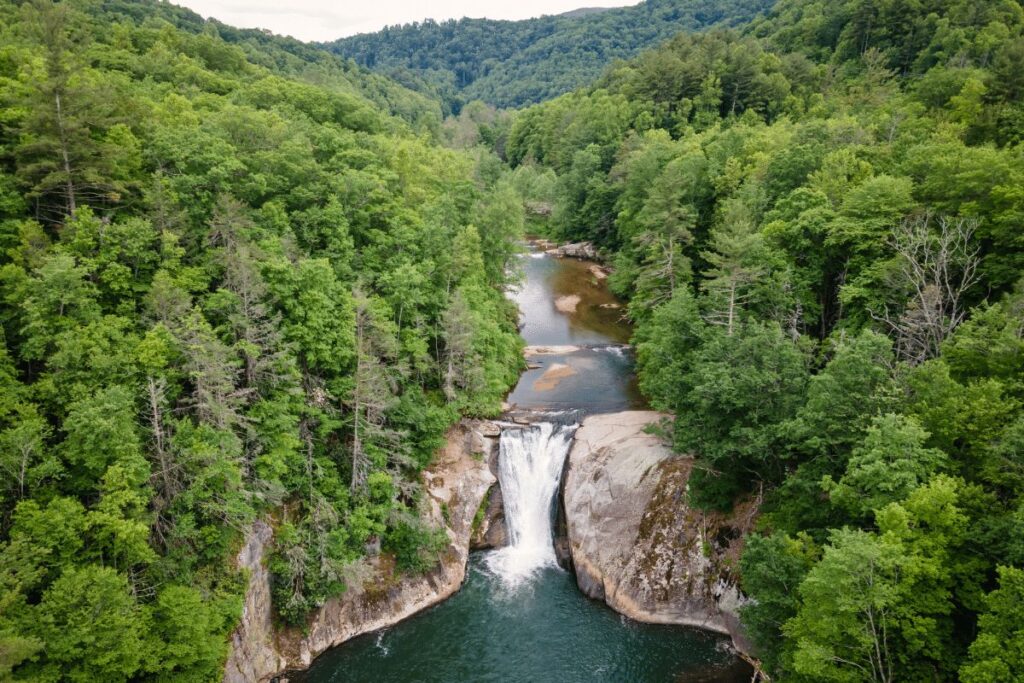Explore 12 Animals in Pisgah National Forest through our hiking adventures. Discover where to spot diverse wildlife and capture your own photos!
Pack your binoculars and hiking boots because Pisgah National Forest is a wild playground waiting for you!
With over half a million acres of Appalachian beauty, this forest is not just a treat for the eyes but also a jackpot for animal enthusiasts.
On our hikes, we’ve spotted everything from the stealthy white-tailed deer to the soaring red-tailed hawk. Oh, and let’s not forget the salamanders that might just slip by unnoticed!
Get ready for tales of close encounters with 12 animals that thrive in the heart of North Carolina. Our adventure through the trails has stories and snapshots to share, giving you a glimpse of what’s hopping, flying, and prowling in Pisgah National Forest.
Ready to discover the wild side of the Appalachians? Let’s hit the trails and see who’s out there!
White-tailed Deer
One of the most commonly spotted animals in Pisgah National Forest, the white-tailed deer is an elegant, agile creature. With their distinctive white tails and large, expressive eyes, these deer are a favorite among wildlife enthusiasts.
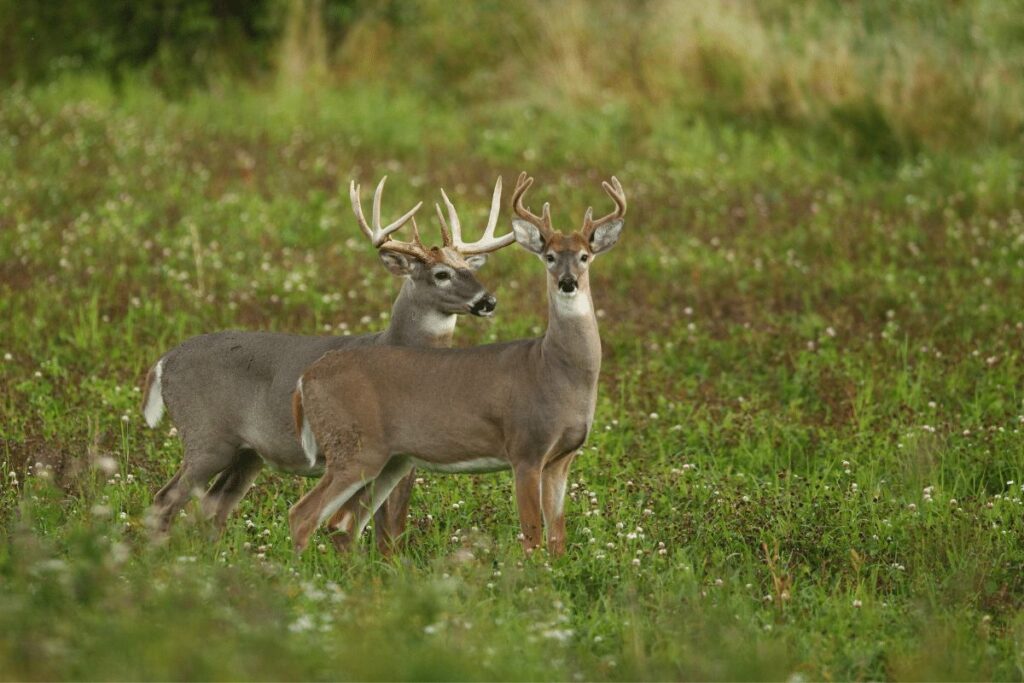
They are most active at dawn and dusk, so plan your hikes accordingly to increase your chances of an encounter.
Eastern Wild Turkey
The eastern wild turkey, a native bird of the region, can often be spotted foraging for food in open areas and along forest edges.
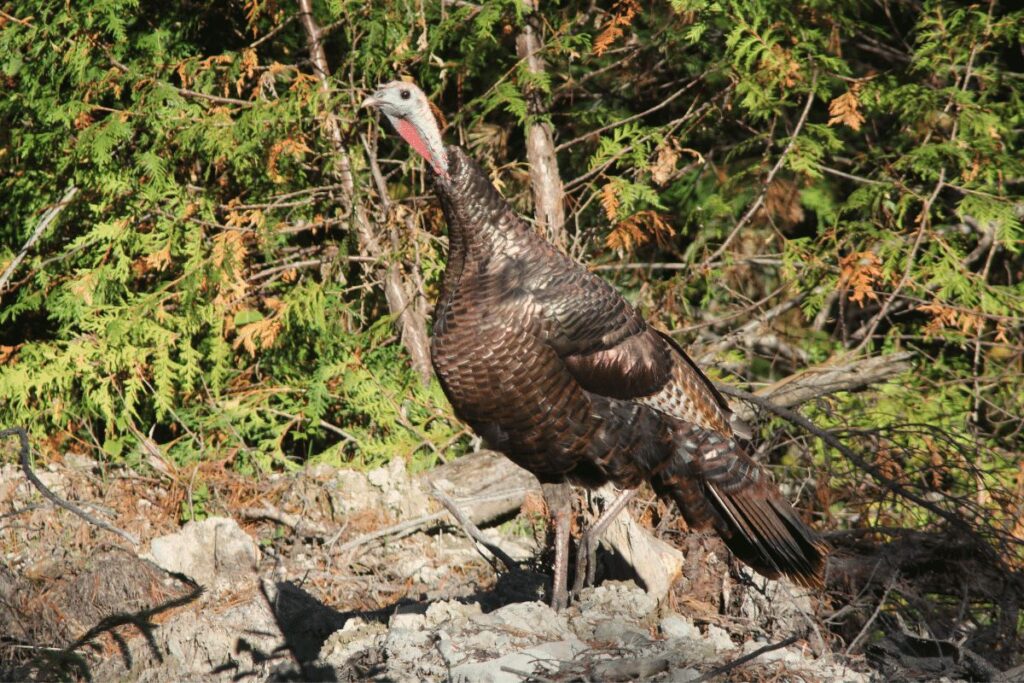
These large, ground-dwelling birds sport an impressive fan of tail feathers and a distinctive “gobble” call.
Keep an ear out for their unique vocalizations, and you might just get a chance to witness these magnificent creatures in their natural habitat.
Black Bear
While black bears are not frequently seen, they do reside in the Pisgah National Forest.
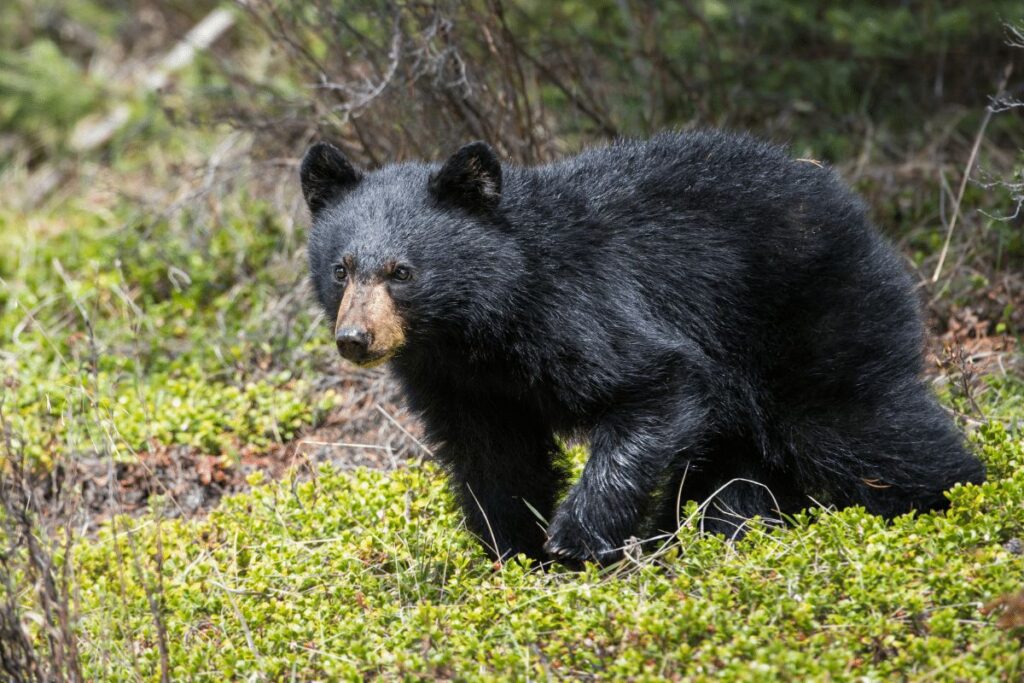
Keep your distance if you spot one, and avoid surprising them by making noise as you hike.
Bears are attracted to human food, so storing food items properly and responsibly disposing of waste while exploring the forest is essential.
Eastern Gray Squirrel
A commonly seen resident of Pisgah National Forest, the eastern gray squirrel is an entertaining and energetic creature to observe.
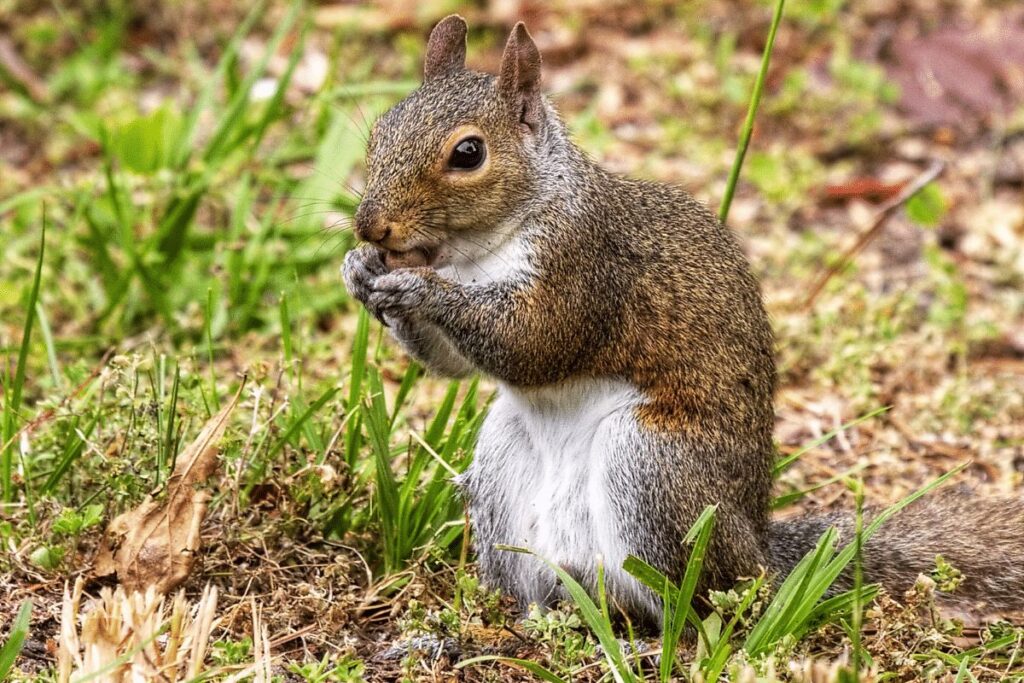
Known for their bushy tails and acrobatic skills, these squirrels can be found scampering along tree branches and foraging for nuts and seeds on the forest floor.
Red-tailed Hawk
Look up to the sky, and you might just catch a glimpse of a red-tailed hawk soaring gracefully above the treetops.
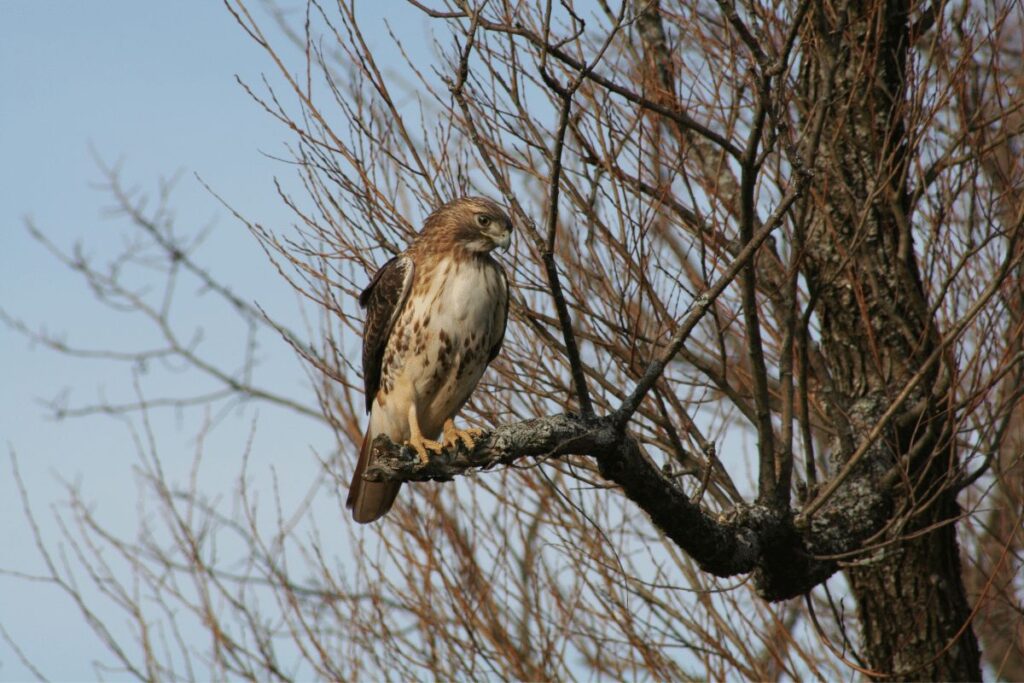
These majestic birds of prey are characterized by their broad wings, reddish-brown tails, and piercing eyes.
They can often be seen perched on tree limbs or telephone poles, scanning the ground for their next meal.
Salamanders
Pisgah National Forest is a haven for salamanders, with over 30 species residing within its boundaries. Among these are the vibrant red eft and the black-and-yellow eastern tiger salamander.
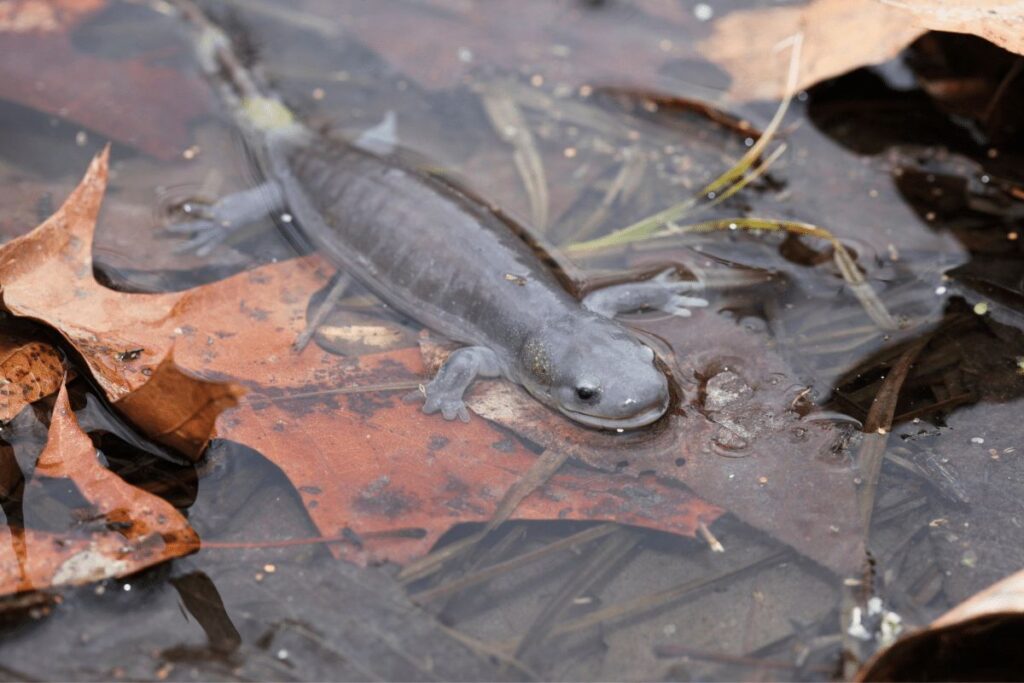
Due to their sensitivity to environmental changes, the presence of salamanders is an indicator of a healthy ecosystem. Watch for them near streams, under rocks, and in damp, leafy areas.
American Black Vulture
These scavengers play an essential role in the forest’s ecosystem by helping to clean up carrion. With their bald, blackheads and impressive wingspan, American black vultures are hard to miss.
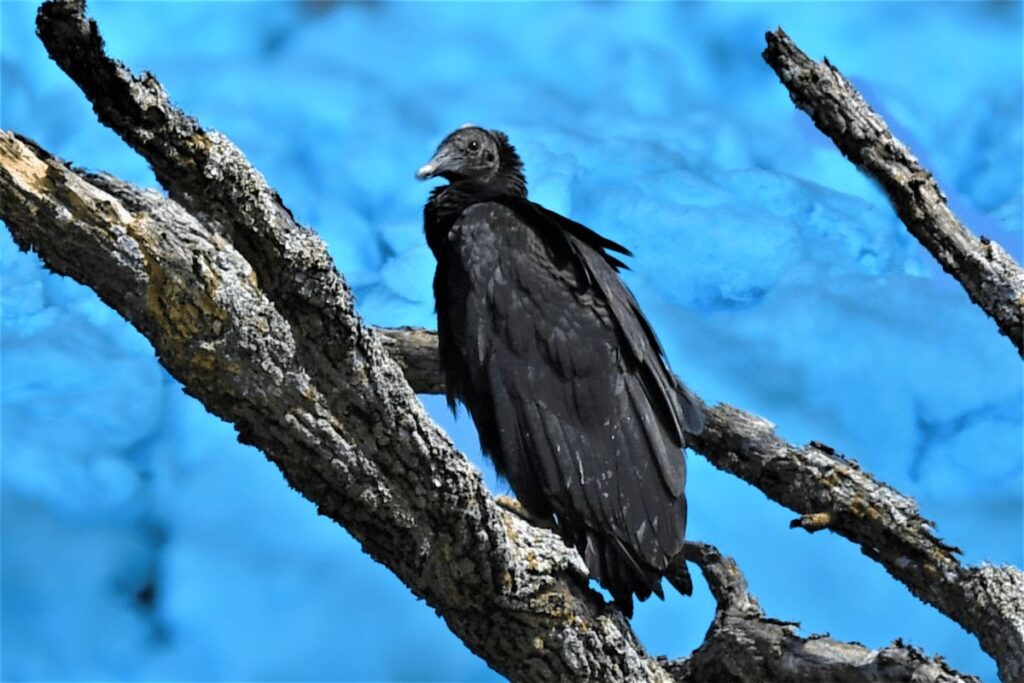
They can often be seen soaring above the forest or perched on trees and fences.
Eastern Cottontail Rabbit
The eastern cottontail rabbit is a common sight in the Pisgah National Forest. These small, furry mammals are recognizable by their cotton-like white tails and large, twitching ears.
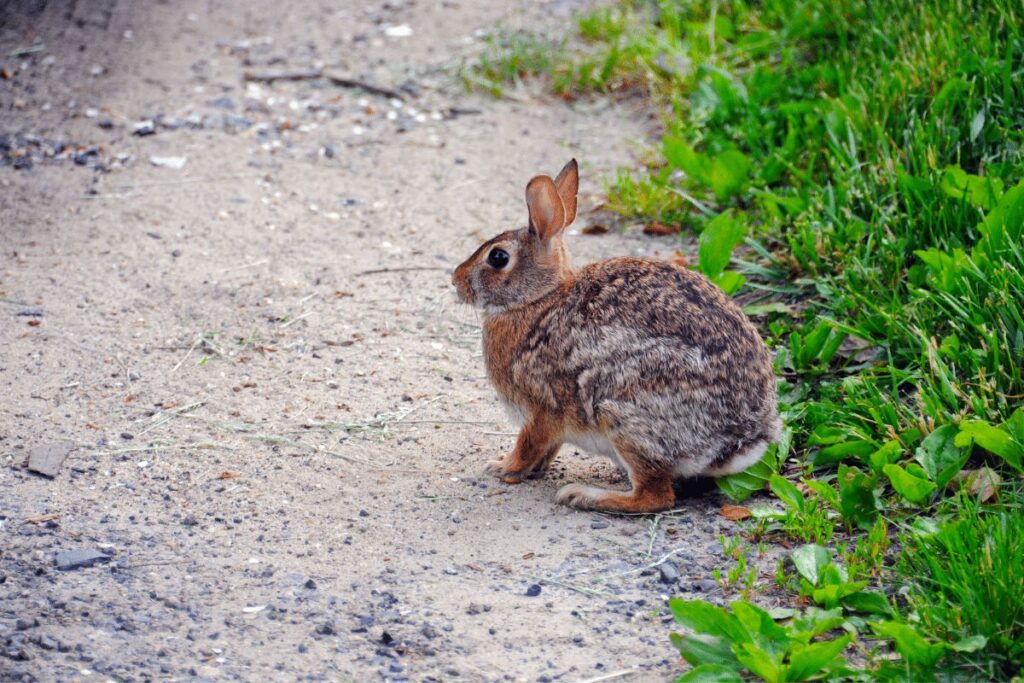
They are most active at dawn and dusk, foraging for a variety of plants and grasses. Watch for their hopping movements and burrows as you traverse the trails.
Northern Flying Squirrel
Although harder to spot due to their nocturnal nature, northern flying squirrels are an exciting species to encounter in the Pisgah National Forest.
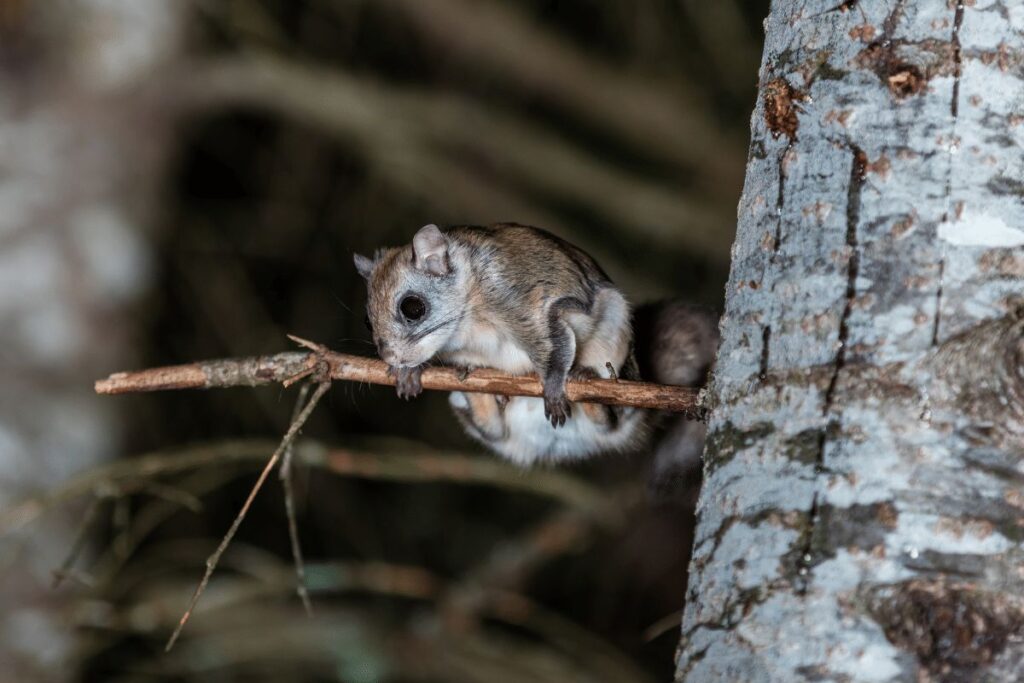
These small, elusive creatures have a unique gliding ability, thanks to the skin flaps that extend between their front and back legs.
Keep an eye out for them in mature forests with an abundance of trees, where they glide from tree to tree in search of nuts and seeds.
Barred Owl
The distinctive “who-cooks-for-you, who-cooks-for-you-all” call of the barred owl can often be heard echoing through the forest at night.
These large, nocturnal birds of prey are characterized by their rounded heads, dark eyes, and vertical brown and white stripes on their chests.
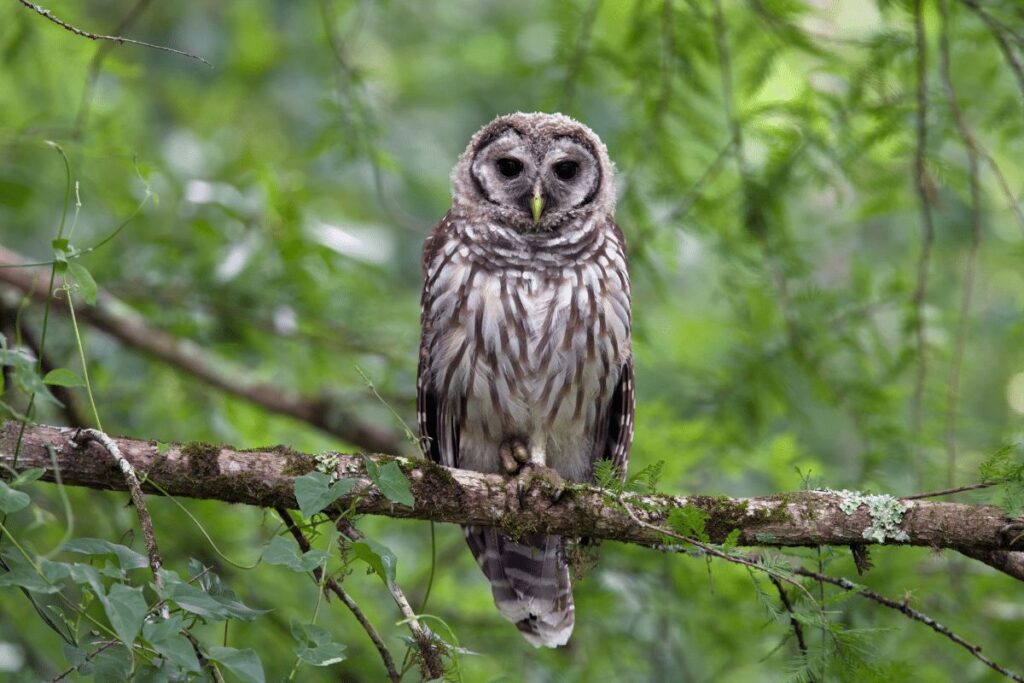
During the day, they can be found roosting in dense foliage, making them difficult to spot, but their haunting calls can be enjoyed after the sun sets.
White-footed Mouse
While hiking through the Pisgah National Forest, you might catch a glimpse of the white-footed mouse, a small, curious mammal known for its white underbelly and feet.
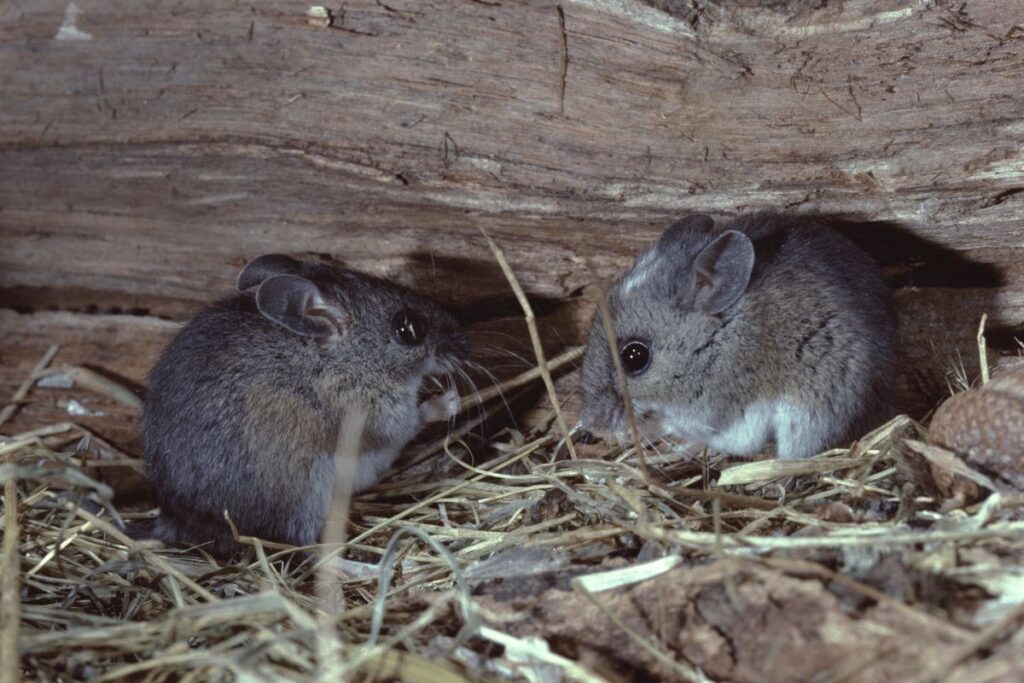
These mice are nocturnal but can occasionally be seen during the day, foraging for seeds, nuts, and insects. Look for them in wooded areas, where they construct nests in tree cavities or burrows.
Eastern Box Turtle
The eastern box turtle is a slow-moving, terrestrial turtle that can be found throughout the Pisgah National Forest. With their high-domed shells and vibrant, yellow markings, they are easy to recognize.
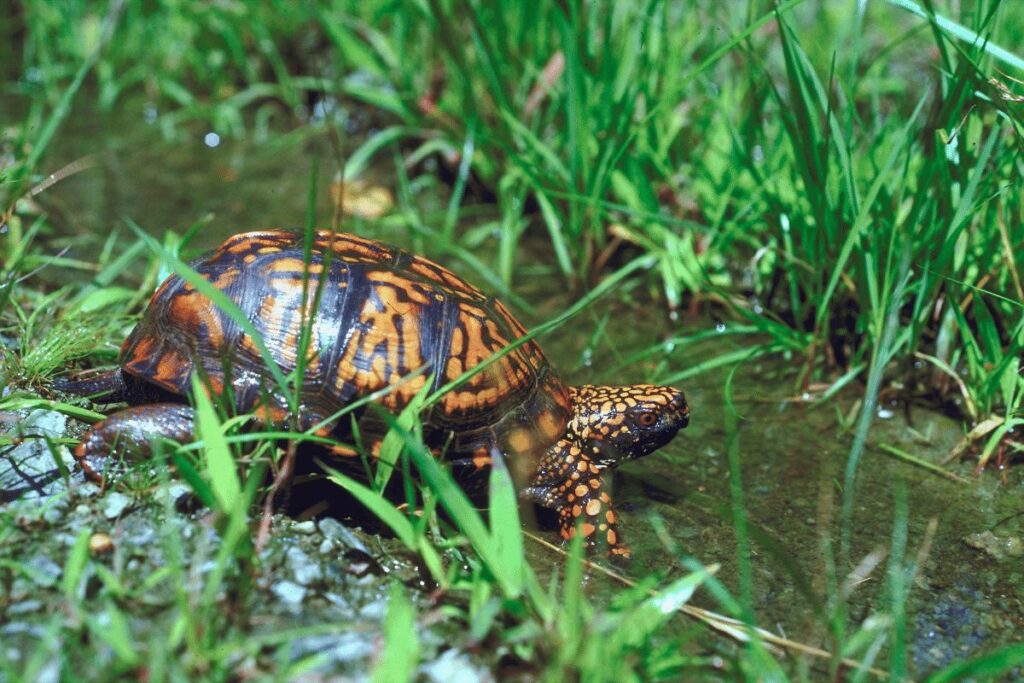
These long-lived reptiles prefer moist, wooded habitats and can often be found near streams and ponds. While hiking, be mindful of these gentle creatures and give them the right of way on the trails.
Trails We Hiked in Pisgah National Forest
During our expedition through the Pisgah National Forest, we ventured on a variety of scenic trails, each offering unique glimpses into the forest’s diverse wildlife.
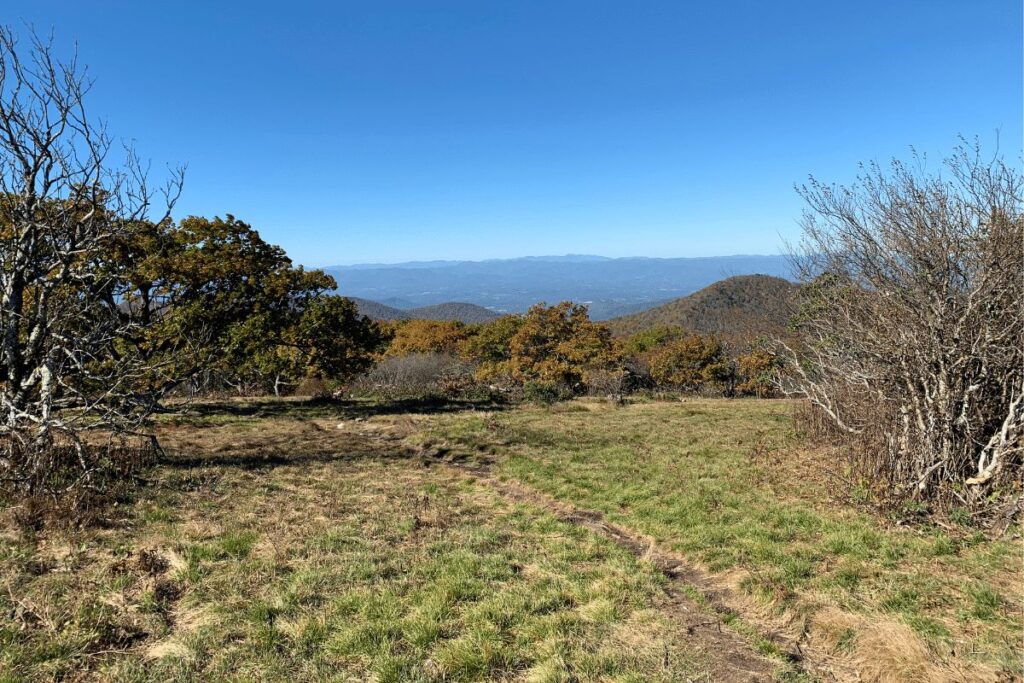
By immersing ourselves in the natural beauty of this enchanting region, we were able to witness firsthand the captivating behaviors and interactions of the remarkable creatures that inhabit this area.
Read More: 9 BLISSFUL TRAILS IN THE PISGAH NATIONAL FOREST
Our unforgettable journey allowed us to truly appreciate the delicate balance of the ecosystems that support these animals, and the importance of preserving these stunning landscapes for future generations to explore and enjoy.
Conclusion
Pisgah National Forest is a treasure trove of biodiversity, offering hikers an opportunity to observe an array of fascinating wildlife.
As you explore this pristine wilderness, be sure to respect the environment and the creatures that call it home.
Keep a safe distance from wildlife, and follow Leave No Trace principles to ensure that future generations can continue to enjoy the wonders of Pisgah National Forest. Happy hiking!

